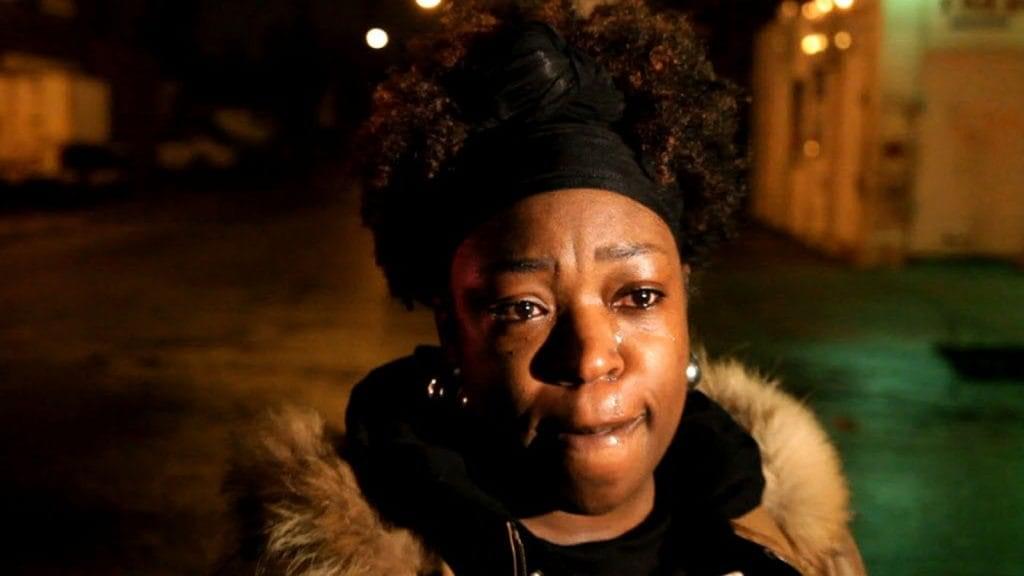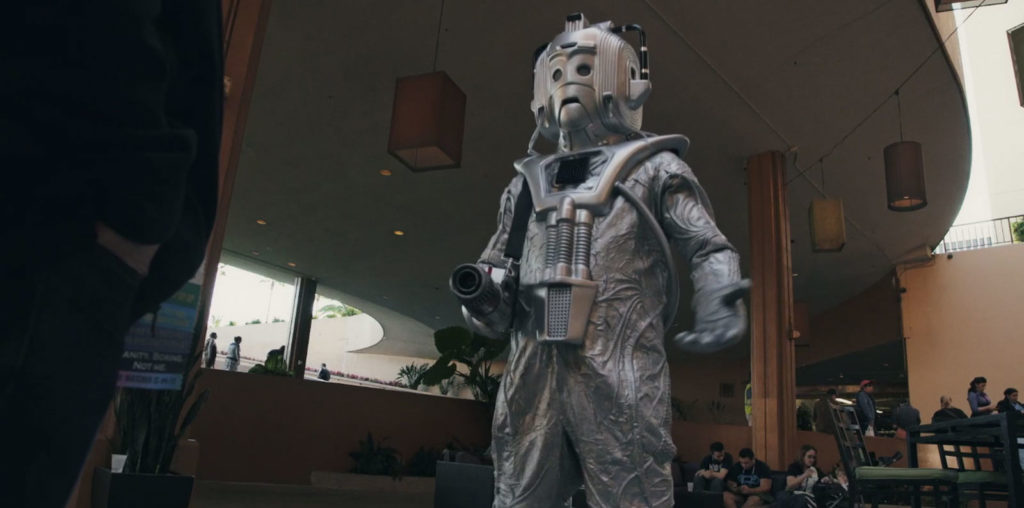
Traveling faster than a fat line of blow snorted from mirror to nose, “Cocaine Cowboys” is all rush and no crash. With frantic, bullet-train momentum, Billy Corben’s manic movie explores how the devil’s dandruff transformed Miami, Florida from a quaint, easygoing retirement roost into a violent paradise lost during the late seventies and early eighties.
We meet Jon Roberts, cocaine trafficker for the Medellin Cartel and the brains behind $2 billion dollars’ worth of nasal-inflaming nose-candy. A manic, motor-mouthed wheeler-dealer, Roberts outlines the huge net of Colombian suppliers, Cuban transporters, and East Coast consumers that created an empire from chemical euphoria.
We’re introduced to pilot Mickey Munday, sky captain of synthetics and the Red Baron of blow. Credited with smuggling over 10 tons of cocaine from Colombia to the United States, this bloated, pony-tailed redneck harkens back on a life spent flying illegal substances onto American turf. Narrating his misadventures from an airplane hangar, Munday boasts of creating a system for waterproofing his powdered wares before ocean drops. Once these blow-filled toot-chutes hit yank shores, they were transported in cars via tow-truck. If stopped in mid-transit by curious cops, the drivers could plead “plausible deniability” and avoid prosecution. Meanwhile, when Munday was in flight, one could expect snow in the weather forecast. (One report describes a half-million dollar shipment of booger sugar crashing through the roof of a church during mid-sermon.)
Later, we come across unrepentant killer Jorge “Rivi” Ayala, the superficially charming, sensitive-eyed hit man for cocaine queenpin Griselda Blanco (aka “The Black Widow”). Known for her nonchalant habit of slashing suitors’ throats, Blanco readily sent Ayala to whack competitors. Inevitably, things became… messy. After accidentally killing the young son of a rival, Ayala triggered one of many gang wars that left bodies littering the streets of Miami.
“Cocaine Cowboys” is gleefully manipulative – which is meant as a compliment. Edited for maximum impact, it packs the furious momentum and dramatic punch of a riveting feature film. Borrowing the casual brutality and fast-motion pace of “City of God” and “Goodfellas,” Corben’s breakneck movie also employs news footage, CGI geography maps, three-dimensional, overlapping still photos, and tons of revealing interview footage. These editing tricks serve the story well, amping up its already out-of-control ambiance to convey coked-out life in the fast lane. Meanwhile, Jan Hammer – inventor of “Miami Vice”’s sleek, trademark sound – provides a slick, snazzy soundtrack.
“Cocaine Cowboys” is also a fascinating study of antisocial personality disorder. Few of Corben’s subjects, some recently released from prison or still incarcerated, seem remorseful for the key parts they played in this violence-splattered web of death and addiction. In an uncharacteristic moment, Roberts says, “I’ve only got myself to blame.” But that’s the only shred of regret or shame from the “Cocaine Cowboys” gang. Mostly, they tell their tales with bravado-powered gusto. Clearly, they’re getting off on these past exploits.
For this reason, “Cocaine Cowboys” will surely be denounced by some as a glorification of the excesses it chronicles. But the way Corben and David Cypkin edit the film, we’re not spared the gruesome carnage that ultimately defined this illicit network. If the filmmakers had wanted to justify or romanticize their subjects, they would not have lingered on the bullet-riddled body of two-year old Johnny Castro, killed during a failed hit by Blanco’s thugs. It’s made clear that these were bad guys in a dirty business.
Miami’s cloud of white death had a resin-coated lining, however. Billions of dollars flooded the city, building a lavish new infrastructure of hotels and clubs. News briefs inform us that local banks were sending $600 million to the Federal Reserve during this era, while the average stateside bank was unloading only $12 million.
Edna Buchanan, a former crime reporter for the Miami Herald, offers a clear-eyed assessment of Miami’s powder-powered fiscal facelift. “It was too much collateral damage,” she laments of all the quick cash and swollen septums. “How many people have to die for a shiny skyline?”
After the freebase smoke clears, the artillery is spent, and the credits roll, that’s the sobering question that “Cocaine Cowboys” leaves us to ponder.

